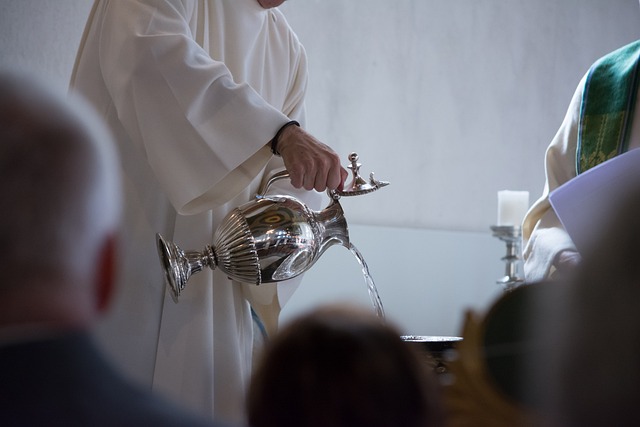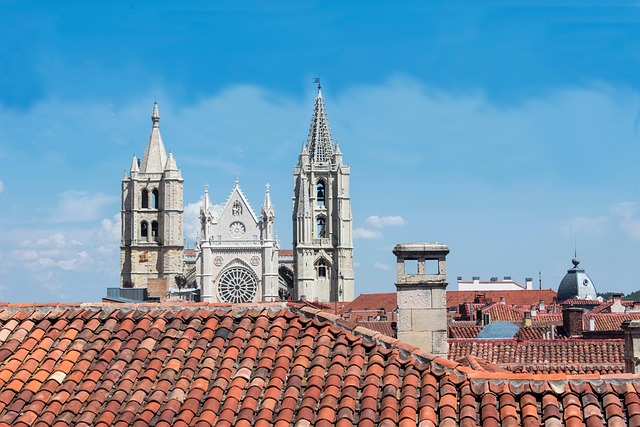When a believer walks into a temple, church, mosque, or a quiet grove, the image of a tree—rooted, spreading, and ever growing—often frames their thoughts. The Tree of Life is more than a botanical metaphor; it is a vessel for spiritual meaning, a bridge between the finite human experience and the infinite divine. Across continents and centuries, this emblem has woven itself into rites, prayers, and the everyday rhythm of faith. Its branches reach up toward the heavens, its roots sink deep into the earth, and in between it offers a living conduit for worshipers to feel connected to a larger whole.
The Genesis of the Symbol
While the concept of a tree as a source of life is ancient, the Tree of Life appears explicitly in sacred texts as soon as recorded religious literature emerged. In the biblical Book of Genesis, a tree stands at the center of Eden, symbolizing both temptation and the possibility of eternal life. The same symbol reappears in the medieval Christian tradition of the “Tree of Life” in illuminated manuscripts, reflecting the theological belief that every person is part of a divine family tree. These early depictions set the stage for a ritualistic use that would evolve across time and culture.
Tree of Life in Jewish Rituals
During the High Holiday season, the menorah—an ancient candelabrum—takes the form of a stylized tree with seven branches. The seven branches represent the seven days of creation and the idea that the Tree of Life brings light into darkness. In synagogues, the ark that holds the Torah scrolls is often decorated with motifs of the Tree, reminding worshipers of the continuity between creation, covenant, and the ongoing cycle of life. The tree also features in the Haftara, the weekly Torah portion that is read during services, where the text speaks of the roots of the covenant stretching back to Abraham and Isaac.
“The tree of life is a symbol of the covenant, and it is an instrument that reveals the path of faith.” – Traditional Rabbinic Commentary
Christian Liturgical Use
In many churches, especially during the Easter Vigil, the altar is adorned with a large carved tree. The branches are lit with candles that symbolize Christ as the Light of the World, while the roots, often etched with scripture verses, emphasize humility and humility before God. The tradition of the “Tree of Life” extends to the liturgical calendar; for example, on Pentecost, incense is carried in a wooden stand shaped like a tree, reminding congregants of the Holy Spirit’s descent as a divine breath that revitalizes every living branch. This visual and tactile presence anchors the congregation’s spiritual journey within the framework of the Tree of Life.
Islamic Perspective on the Tree of Life
Islamic scripture frequently references trees as sources of sustenance and spiritual nourishment. In the Qur’an, the “Tree of Life” is mentioned as a reward in Paradise, a metaphor for eternal blessings. Though less literal in worship spaces, many mosques feature carved wooden panels of trees in the mihrab or minbar, symbolizing the unity of all creation under Allah’s guidance. In Sufi practices, the tree becomes a metaphor in spiritual exercises, where each branch represents a step toward divine proximity. Pilgrims on the Hajj often pass under archways that are shaped like trees, encouraging reflection on the interconnection of all believers.
Eastern Spiritual Traditions
In Hinduism, the banyan tree is revered as a dwelling place for the gods. During rituals, devotees sit beneath the banyan’s expansive canopy, offering prayers to deities such as Shiva and Vishnu. The tree’s many aerial roots are interpreted as symbols of interdependence among all beings, reinforcing the concept that every action affects the greater cosmic tapestry. In Buddhism, the Bodhi tree—under which Siddhartha Gautama attained enlightenment—has become a central icon. Monastic rites often involve walking meditation beneath replicated Bodhi trees, reinforcing the teachings of impermanence and enlightenment as part of the Tree of Life’s continual growth.
Indigenous Ceremonies
For many Native American communities, the cedar and the oak hold deep spiritual significance. Ceremonial circles carved from cedar bark or the placement of an oak sapling in the center of a gathering are symbolic acts that acknowledge the Tree of Life as a living ancestor. In these rituals, the tree serves as a mediator between the earthly realm and the spirit world. Offerings placed in the roots or at the base of the tree are believed to travel upward through the branches, reaching the gods. Such ceremonies are integral to rites of passage, healing, and community decision-making.
Ritual Practices Involving the Tree of Life
Across religions, rituals that incorporate the Tree of Life share common thematic threads: acknowledgment of origins, the pursuit of spiritual growth, and the recognition of an unseen connective network. Below are key rituals that demonstrate the Tree’s role in daily religious life.
- Seasonal Blessings: Many faiths perform blessings at the start of each season, placing a small branch or seed in a communal vessel. This act symbolizes the renewal of life and the cycultural nature of faith.
- Funeral Ceremonies: In several traditions, a living branch is wrapped around the coffin or placed at the funeral altar. This gesture signifies that the departed will return to the root, completing the cycle of life and death.
- Newborn Dedication: When a child is brought into the community, a small tree seedling is planted in a public garden or within the sanctified space of the home. The child is then invited to touch the roots, symbolically connecting them to the Tree of Life.
Symbolic Interpretation in Modern Faith Communities
Contemporary religious movements often reinterpret the Tree of Life to reflect modern values. In ecumenical services, for instance, a cross of birch or a stylized cedar is used to represent unity among diverse denominations. Many churches now incorporate living trees in their worship spaces, allowing congregants to observe the growth over months, reminding them of the dynamic nature of faith. Similarly, interfaith dialogues may use the Tree of Life as a metaphorical backdrop, encouraging participants to see their own spiritual paths as branches stemming from a shared root.
The Tree of Life in Sacred Music and Art
While not a physical ritual, the Tree of Life profoundly influences liturgical music and visual arts. In Gregorian chant, the motif of ascending and descending motifs mirrors the tree’s branches and roots, guiding listeners from the earthly to the divine. In visual arts, stained glass windows often depict a stylized tree whose leaves are crafted from colored glass, each leaf representing a different scripture or virtue. These artistic expressions are part of the ritual experience, allowing worshipers to absorb theological concepts through aesthetic engagement.
Community Building Through Tree Planting
Many religious communities organize tree planting events as part of outreach programs. By planting a tree together, participants physically enact the idea that their lives, like roots, are intertwined. These gatherings often include prayers, readings, and the singing of hymns that reference the Tree of Life, thereby integrating the symbolic act with communal worship. The living tree then becomes a tangible reminder of the community’s faith commitments and the enduring nature of their spiritual bonds.
Concluding Reflections
The Tree of Life remains a powerful and universal symbol that bridges faith traditions, time, and geography. Whether it is a carved altar in a cathedral, a sacred cedar in a desert, or a humble sapling planted in a city park, the tree’s presence in rituals invites believers to contemplate their place within a larger narrative. It reminds them that they are part of an intricate web that reaches up to the heavens and down into the earth, and that their lives are nurtured by both divine grace and communal support. As religious rituals continue to evolve, the Tree of Life will undoubtedly remain a living testament to the enduring human yearning for connection, meaning, and spiritual renewal.



